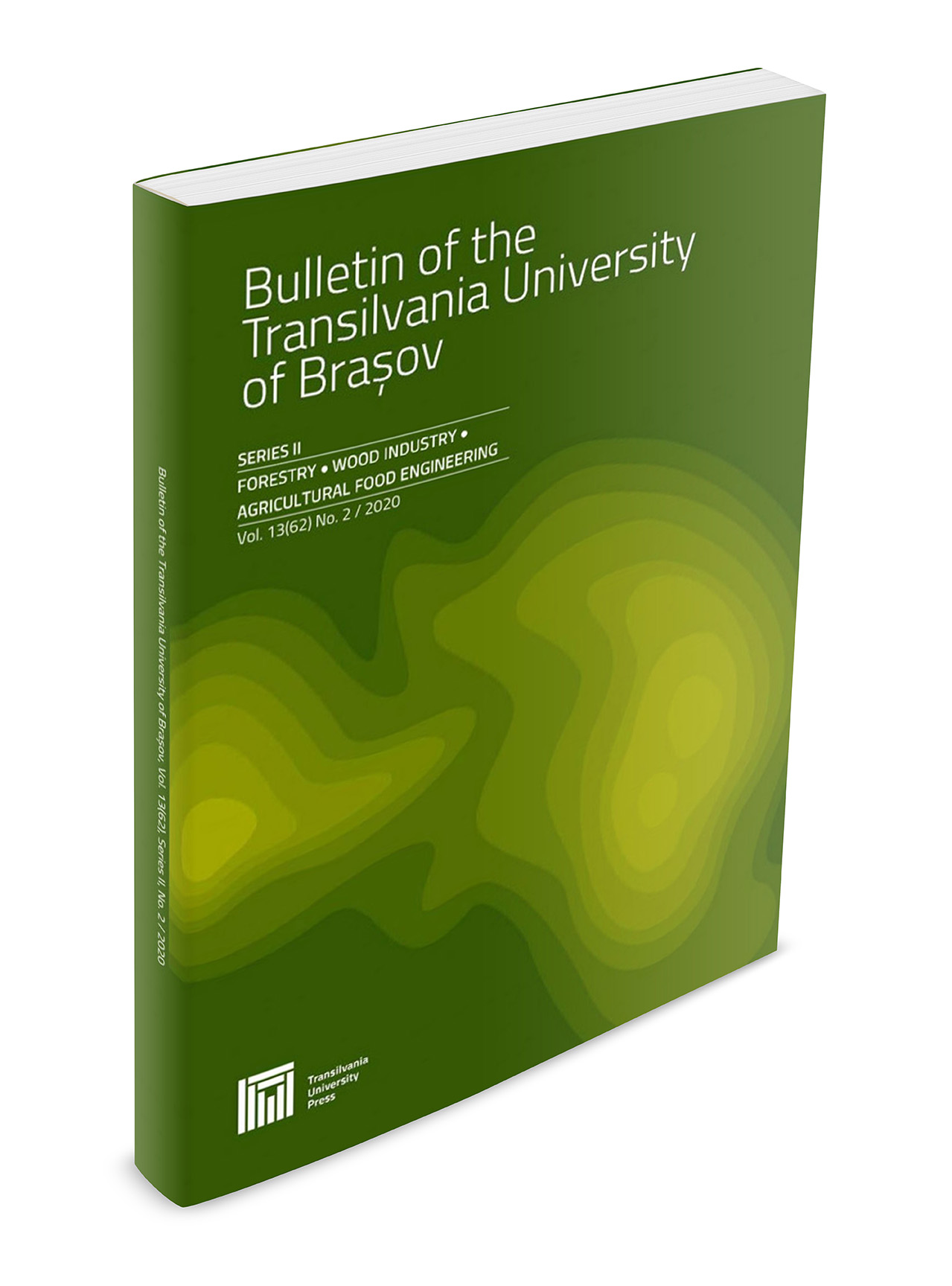The Impact of Non-Saccharomyces Yeasts on Grape Must Fermentation: Comprehensive Study
DOI:
https://doi.org/10.31926/but.fwiafe.2024.17.66.1.8Keywords:
Torulaspora delbrueckii, co-inoculation, successive fermentation, physicochemical parameters, sensory evaluationAbstract
This study investigates the impact of non-Saccharomyces Torulaspora delbrueckii yeast on the fermentation process of grape must in the production of white dry wine, specifically focusing on two grape varieties, 'Aligote' and 'Chardonnay'. The fermentation was carried out using two different methods, co-inoculation and successive fermentation, both under laboratory and microvinification conditions. The physicochemical parameters of the resulting wines, such as total sugars, ethanol, volatile acidity, and total acidity, were analyzed. Sensory evaluation of the wines demonstrated that successive fermentation with the inoculation of Saccharomyces yeasts after reaching 3% vol. alcohol concentration contributed to an improved quality, complex aroma, and balanced taste of the wine, as indicated by high organoleptic scores. These findings suggest that the combination of Torulaspora delbrueckii yeast with indigenous yeast strains can enhance the overall quality of white dry wine.Downloads
Published
2024-06-25
Issue
Section
AGRICULTURAL FOOD ENGINEERING



